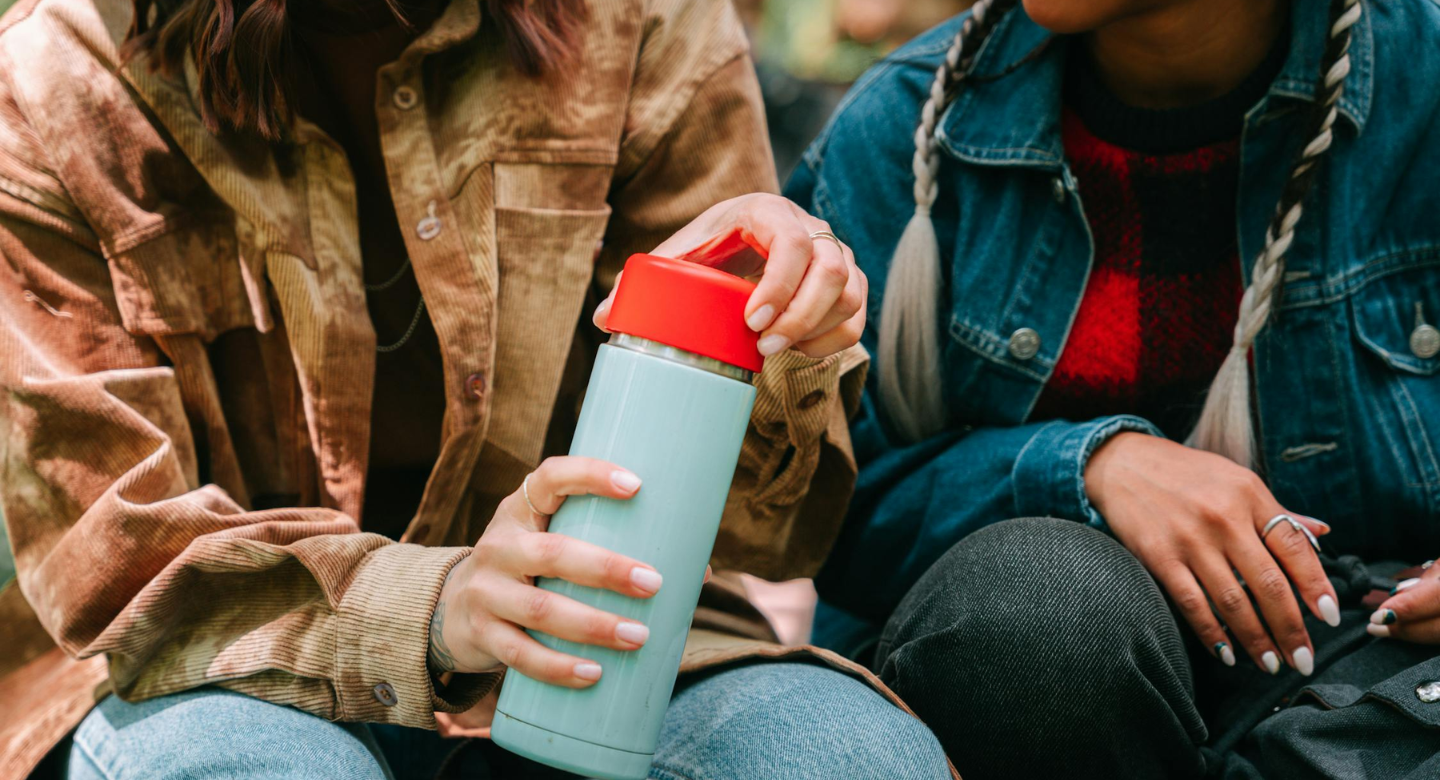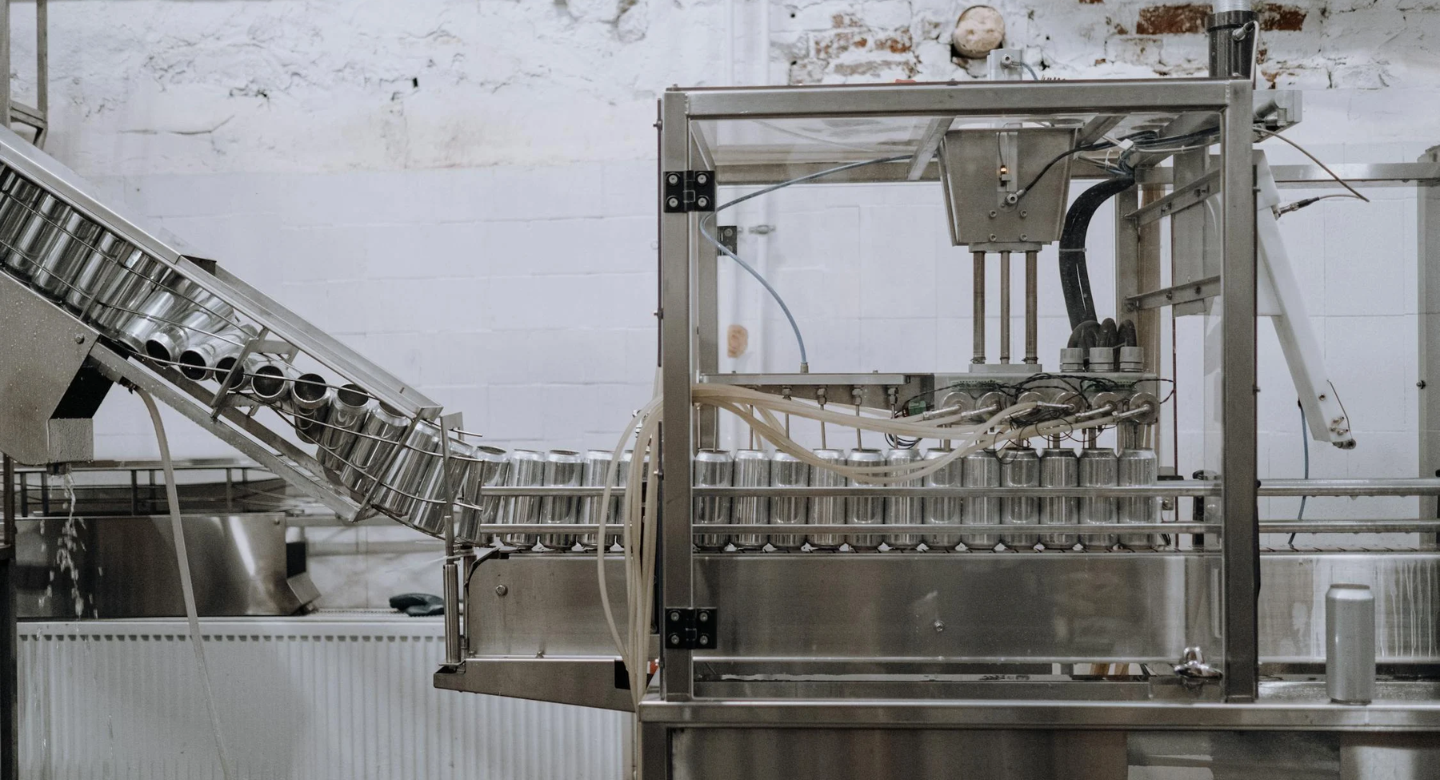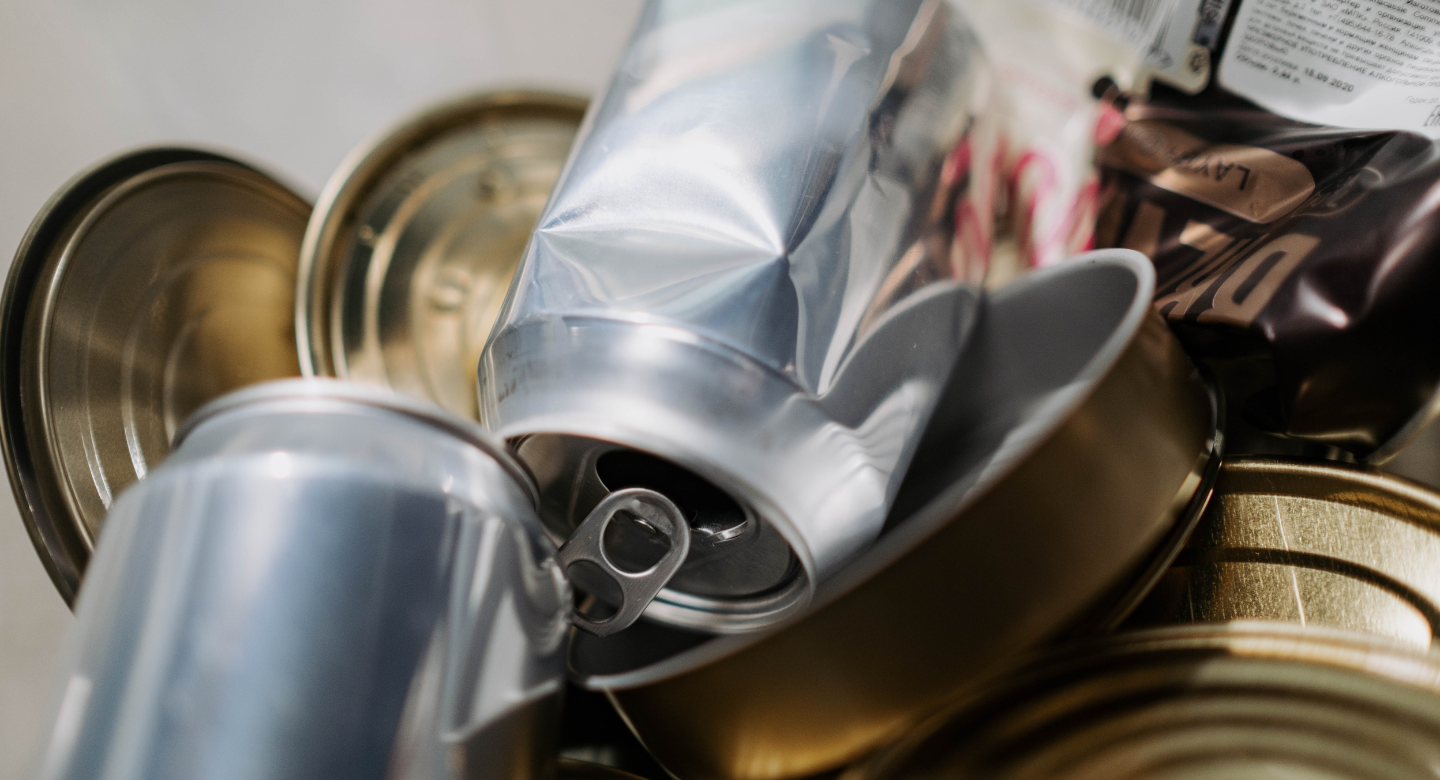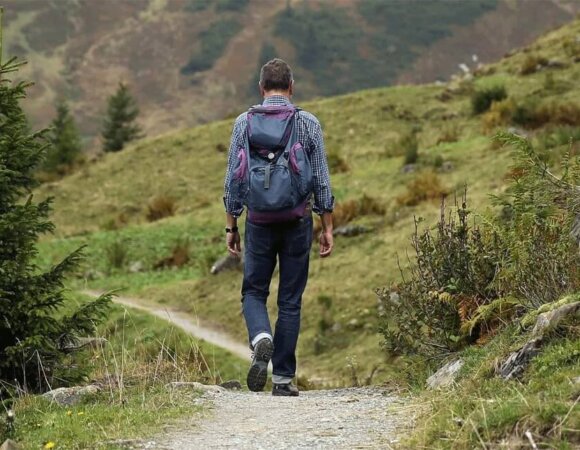3Rs of Sustainability for Aluminum Cans
The 3Rs of Sustainability for Aluminum Cans provides a comprehensive framework for travelers looking to minimize their environmental impact. While these containers offer portability and preservation benefits, their production requires substantial energy, and their improper disposal can harm ecosystems for decades. Each discarded can represents wasted resources and potential environmental damage to the landscapes that travelers seek to experience.
Table of Contents
ToggleThe 3Rs of Sustainability for Aluminum Cans—Reduce, Reuse, Recycle—offer a practical approach for travelers to minimize their aluminum waste footprint. This guide explores how eco-conscious travelers can incorporate these principles into their journeys, transforming their relationship with aluminum packaging and contributing to more sustainable tourism practices globally.
Why Aluminum Cans’ Sustainability Matters in Travel and Tourism
Aluminum cans dominate the beverage landscape in tourism settings. From airport kiosks and in-flight services to beachside resorts and mountain retreats, canned beverages offer convenience that aligns with travelers’ mobility needs. Beyond drinks, aluminum packaging extends to travel-sized foods, personal care items, and souvenir products specifically designed for the tourism market.

The environmental consequences of improper aluminum disposal are particularly evident in tourism hotspots. Discarded cans mar otherwise pristine beaches, pollute water bodies, and diminish the aesthetic value of natural attractions. Marine environments suffer when aluminum waste enters oceans, potentially harming wildlife and degrading coral reef ecosystems that drive tourism economies in coastal regions.
For destinations dependent on natural beauty to attract visitors, aluminum can litter represents both an ecological and economic threat. The long decomposition time of aluminum (potentially 200-500 years) means that today’s carelessly discarded aluminum can affect tourism experiences for generations to come. This is why applying the 3Rs of Sustainability for Aluminum Cans is crucial for preservation efforts.
How Sustainable Travel Helps:
Conscious travelers who make deliberate decisions about purchasing, using, and disposing of aluminum products create ripple effects that extend beyond individual actions. By reducing consumption, travelers decrease demand for new aluminum production, which is energy-intensive and contributes significantly to carbon emissions.

Responsible disposal practices ensure that aluminum waste doesn’t contaminate natural environments or require costly cleanup efforts from local communities. When travelers prioritize destinations and businesses with strong environmental commitments, they create market incentives for broader adoption of sustainable practices across the tourism industry.
Many destinations now highlight their sustainability credentials as marketing advantages, demonstrating how traveler preferences drive positive environmental practices. From plastic-free islands to zero-waste hotels, consumer demand has transformed sections of the tourism industry—similar momentum can address aluminum waste challenges through the 3Rs of Sustainability for Aluminum Cans.
How to Travel Sustainably:

Practical Tips for Travelers
- Pack a reusable water bottle and coffee cup as non-negotiable travel essentials
- Research destination recycling facilities before arrival
- Carry a small bag for collecting recyclables when proper disposal bins may not be immediately available
- Choose accommodations with recycling programs when booking
- Support tour operators with explicit sustainability policies
Smarter Consumption Choices
- Opt for larger containers rather than multiple small cans when practical
- Look for beverages in cans made from recycled aluminum (usually indicated on packaging)
- Choose local beverages that may have shorter supply chains and transportation footprints
- Consider powdered drink mixes that can be reconstituted in reusable containers
The Role of the 3Rs (Reduce, Reuse, Recycle)
Reduce
The first principle in the 3Rs of Sustainability for Aluminum Cans is reduction, which represents the most impactful sustainability strategy. Travelers can significantly lower their aluminum footprint through thoughtful planning and choices:

- Invest in a high-quality reusable water bottle that suits your travel style—insulated for hot climates, collapsible for limited packing space, or filtered for destinations with questionable water quality
- Bring a portable coffee mug for morning caffeine fixes without disposable packaging
- Plan by researching water refill stations at airports, tourist attractions, and urban centers
- Download apps like RefillMyBottle or Tap that map water refill locations worldwide
- Choose beverages in alternative packaging with lower environmental impacts when available
- Support businesses that offer fountain drinks with reusable cups rather than pre-packaged options
Many destinations now provide infrastructure specifically designed to reduce single-use container waste. Cities like Barcelona, Amsterdam, and Kyoto have installed public drinking fountains throughout tourist areas, while airports including San Francisco International and Singapore Changi feature hydration stations past security checkpoints specifically for travelers.
Reuse
The second component of the 3Rs of Sustainability for Aluminum Cans focuses on extending product life through creative repurposing. When travelers do acquire aluminum cans during their journeys, extending their useful life through repurposing offers sustainability benefits. While traveling with empty cans isn’t always practical, several creative reuse approaches can be implemented:

For temporary reuse during trips:
- Use empty, cleaned cans as impromptu organizers for small items like charging cables, jewelry, or toiletries
- Convert cans into simple camping stoves for overnight outdoor adventures
- Repurpose cans as seedling containers for plants in longer-stay accommodations
For travelers inspired to support broader reuse initiatives:
- Donate cans to local artisans who create upcycled products in many tourism destinations
- Support businesses selling upcycled aluminum products as souvenirs
- Share creative reuse ideas with fellow travelers through social media and travel forums
Innovative businesses in tourism destinations increasingly transform aluminum waste into valuable products. In Thailand, local artisans create jewelry and decorative items from discarded cans. Mexican tourism regions feature workshops where visitors can transform cans into lanterns and ornaments, combining sustainable practices with cultural experiences.
Recycle
The third and final principle in the 3Rs of Sustainability for Aluminum Cans is recycling, which represents aluminum’s sustainability superpower—the material can be recycled indefinitely without quality degradation, using just 5% of the energy required for virgin aluminum production. Travelers can contribute to this circular economy through informed recycling practices:

Understanding destination-specific recycling approaches:
- Research local recycling systems before arrival, as separation requirements vary globally
- Learn key recycling terms in local languages to navigate bins correctly
- Recognize that some developing tourism destinations may have informal recycling systems through waste collectors
Best practices for recycling while traveling:
- Empty and rinse cans before recycling to prevent contamination
- Compress cans when possible to optimize recycling bin space
- Remove non-aluminum components like plastic tabs or labels if required locally
- Set aside a separate space in your luggage for recyclables when visiting areas without adequate facilities
Many tourism operators now incorporate recycling education into their services. Cruise lines like Hurtigruten provide detailed instruction on onboard recycling programs, while tour companies such as Intrepid Travel include waste management briefings during orientation sessions. These industry efforts multiply the impact of individual traveler actions.
Sustainable Production Practices
The aluminum industry is evolving to address sustainability concerns with innovations that travelers can support through their purchasing choices:

Low-carbon aluminum production has emerged as a competitive differentiator for manufacturers. Brands like Ball Corporation and Crown Holdings have committed to renewable energy transitions for their manufacturing facilities. Hydro-powered smelting in Norway and Iceland produces aluminum with carbon footprints 75% lower than the global average.
Light-weighting technology has reduced the aluminum content in cans by over 40% since the 1970s while maintaining performance. Modern cans use thinner materials through advanced engineering, reducing resource requirements and transportation emissions.
Closed-loop systems are being implemented by beverage companies to recapture their own packaging. Coca-Cola’s “World Without Waste” initiative and AB InBev’s circular packaging goals represent industry commitments to full packaging recovery that travelers can support through proper disposal.
When traveling, eco-conscious consumers can look for:
- Products highlighting recycled content percentages on packaging
- Beverages from companies with published sustainability reports
- Local brands that may have shorter supply chains and transportation distances
Regulatory Insights & Industry Standards in India
India presents a unique case study in aluminum sustainability that offers insights for travelers visiting the country:

The Indian government has implemented the Extended Producer Responsibility (EPR) framework, requiring manufacturers to manage the end-of-life disposal of aluminum packaging. For travelers, this translates to more visible recycling infrastructure in tourist areas and transportation hubs across Indian cities.
The Metal Recycling Association of India has established standards for aluminum recycling that align with international practices. The organization coordinates with tourism facilities to implement collection systems at major destinations, including the Golden Triangle circuit and Kerala’s backwaters.
India’s informal waste sector plays a crucial role in aluminum recovery, with an estimated 85% of aluminum cans being collected by waste pickers. Responsible travelers can support this system by:
- Using designated recycling bins when available
- Separating aluminum from other waste to facilitate easier collection
- Learning to recognize the local informal recyclers who may gather materials directly
Major tourism destinations, including Goa and Rajasthan, have implemented specialized aluminum recycling initiatives targeting visitor waste streams. Hotels participating in India’s Eco-Label certification program must demonstrate aluminum recycling capabilities as part of their certification requirements, often highlighting the 3Rs of Sustainability for Aluminum Cans in their guest communications.
Carbon Footprint Analysis of Aluminum Cans
Step 1: Raw Material Extraction (Mining Bauxite)

What happens?
Aluminum is made from bauxite ore, which is mined from the Earth, mostly in tropical regions like Australia, Guinea, and Brazil. The mined bauxite is then refined into alumina (aluminum oxide) through the Bayer process before it can be turned into aluminum metal.
Carbon impact?
- Deforestation and land degradation occur due to open-pit mining.
- Heavy machinery burns fossil fuels, releasing CO₂.
- The refining process requires large amounts of electricity.
CO₂ Emissions: 1.5–2.5 kg CO₂ per can (for virgin aluminum)
Step 2: Manufacturing the Can

What happens?
The refined alumina is subjected to the Hall-Héroult process, melting using electricity and turning into pure aluminum. This metal is then rolled into thin sheets and shaped into cans.
Carbon impact?
- The electrolysis process is highly energy-intensive, requiring large amounts of electricity.
- If powered by renewable energy, emissions are lower; if powered by coal-fired electricity, emissions are much higher.
- Recycled aluminum cans require 95% less energy than virgin aluminum, reducing emissions significantly.
CO₂ Emissions:
- Virgin aluminum can: 1.2–1.5 kg CO₂ per can
- Recycled aluminum can: 50–100g CO₂ per can
Step 3: Transportation

What happens?
Aluminum cans are lightweight, making transportation more efficient compared to heavier materials like glass. They are shipped from factories to beverage companies, then to distributors and stores.
Carbon impact?
- Less fuel is needed compared to transporting glass, reducing emissions.
- Long-distance shipping (imported products) increases the footprint.
🔹 CO₂ Emissions: 10–30g per can (varies based on distance)
Step 4: Usage

What happens?
You buy a canned drink or food and consume it. Some cans are refrigerated before consumption, increasing energy usage.
Carbon impact?
- Minimal if consumed immediately.
- Higher emissions if refrigerated for a long time.
CO₂ Emissions: Minimal (5g CO₂ if stored in a fridge for a few hours)
Step 5: Disposal

What happens?
After use, aluminum cans are either:
- Recycled – Melted down to make new cans (the best option).
- Sent to landfills – Takes centuries to break down but does not release toxins.
- Incinerated – Rare but releases CO₂ if burned.
Carbon impact?
- Recycling saves 95% of the energy needed for new aluminum, making it highly sustainable.
- Landfilling wastes valuable material and increases resource extraction needs.
- Incineration releases CO₂ but is uncommon for aluminum.
CO₂ Emissions:
- Recycling: 10–50g per can
- Landfill: 100g per can
- Incineration: 200g per can
Total Carbon Footprint of Aluminum Cans
- Virgin aluminum can (new material): 1.5–2.5 kg CO₂
- Recycled aluminum can: 60–150g CO₂
- 100% Recycled aluminum with renewable energy: 50g CO₂
Case Studies & Real-World Impact of Aluminum Cans

Destination Success Stories
- Thailand’s Phi Phi Islands implemented an aluminum can recovery program after tourism-related waste threatened marine ecosystems. The initiative combines collection points at major beaches with economic incentives for local collectors. Since implementation, aluminum recovery rates have increased from approximately 15% to over 80%, with visible improvements in beach cleanliness.
- Costa Rica’s Monteverde Cloud Forest Reserve partnered with aluminum manufacturers to create a closed-loop system where all cans sold within the reserve are collected, processed locally, and returned to production. The program generates revenue that funds conservation efforts and demonstrates to visitors how circular economy principles operate in practice, serving as a model implementation of the 3Rs of Sustainability for Aluminum Cans.
Traveler Impact Stories
Jack and Emma Wilson, travel bloggers documenting their global journey, implemented a “pack-in, pack-out” policy for all aluminum products during their six-month Asia tour. By tracking their waste, they estimated preventing over 300 cans from potentially improper disposal while influencing thousands of followers to adopt similar practices.
Adventure tour operator Wilderness Explorations transformed client behavior by introducing a sustainability deposit system. Clients receive refunds for returning all aluminum packaging used during expeditions, resulting in near-100% recovery rates and heightened awareness of waste impacts in fragile environments.
Actionable Steps for Travelers & Outdoor Enthusiasts to Reduce Aluminum Cans
Before Your Trip:
- Invest in high-quality reusable alternatives to replace single-use containers
- Research destination recycling systems and identify potential challenges
- Download relevant apps that locate water refill stations and recycling points
During Packing:
- Allocate space for reusable containers and possibly a collapsible recycling bag
- Consider bringing powdered beverage options that pack efficiently and eliminate can waste
- Pack a permanent marker to label your reusables and prevent loss
While Traveling:
- Choose accommodations with explicit sustainability programs
- Support restaurants and vendors that offer refill options or responsible packaging
- Carry your reusable containers consistently to avoid impulse single-use purchases
At Your Destination:
- Participate in local beach or trail clean-up events, which frequently target aluminum waste
- Share your sustainable practices on social media with location tags to influence other travelers
- Provide feedback to tourism businesses about their packaging choices
After Returning Home:
- Review and rate businesses based partly on their sustainability practices
- Share successful strategies with your travel community
- Consider offsetting your trip’s environmental impact through donations to recycling infrastructure development
Conclusion on the 3Rs of Sustainability for Aluminum Cans
The journey toward truly sustainable aluminum use in travel requires coordinated efforts across the entire value chain—from manufacturers adopting renewable energy to travelers making conscious disposal decisions. The 3Rs of Sustainability for Aluminum Cans provides travelers with practical approaches to reduce their environmental footprint while continuing to enjoy global exploration.
As the tourism industry recovers and evolves, sustainability has emerged as a defining competitive factor. Destinations that maintain clean, waste-free environments attract visitors seeking authentic natural experiences. Travelers who align their values with their actions create market forces that drive broader industry changes.
The choices made by individual travelers collectively shape the future of tourism destinations. By applying the 3Rs of Sustainability for Aluminum Cans thoughtfully, travelers protect the places they love while demonstrating that responsible tourism can thrive without environmental compromise. Every can properly reduced, reused, or recycled represents a small but significant contribution to preserving our planet’s natural and cultural treasures for future generations of travelers to discover.
Explore More Such Content:
3Rs of Sustainability for Plastic Bottles
3Rs of Sustainability for Plastic Bags
3Rs of Sustainability for Plastic Cutlery
Frequently Asked Questions (FAQs) on the 3Rs of Sustainability for Aluminum Cans
Why should travelers specifically care about aluminum can sustainability?
Travelers often consume beverages in aluminum cans while on the go, and improper disposal in tourist destinations can damage fragile ecosystems, mar natural landscapes, and impact the tourism experience for future visitors. Since aluminum takes 200-500 years to decompose naturally, today’s waste affects generations of travelers to come.
How much energy is saved by recycling aluminum cans versus producing new ones?
Recycling aluminum cans saves approximately 95% of the energy required to produce new cans from raw materials. One recycled can saves enough energy to power a television for three hours, making it one of the most energy-efficient recycling processes available.
Can aluminum cans be recycled indefinitely?
Yes, aluminum is 100% recyclable and can be recycled infinitely without any loss of quality. This makes aluminum cans one of the most sustainable packaging options when properly recycled, as the material remains in a closed-loop system rather than requiring new resource extraction.
What should I do with aluminum cans when traveling in places with limited recycling infrastructure?
Consider carrying a collapsible recycling bag to collect cans until you reach an area with proper facilities. In some regions, informal waste collectors actively seek aluminum, so separating cans makes their work easier. As a last resort, bringing the cans back to your accommodation or to your home country might be necessary.
How do different countries handle aluminum can recycling?
Recycling systems vary significantly worldwide. Scandinavian countries often use deposit return schemes where you pay a small deposit refunded upon recycling. Japan typically requires meticulous separation of waste types. Many developing tourism destinations rely on informal waste pickers for aluminum recovery. Research your destination’s specific system before traveling.
What are some creative ways to reuse aluminum cans while traveling?
Aluminum cans can be repurposed as portable storage containers for small items like jewelry or medications, improvised cooking stoves for camping, seedling planters for longer stays, or even crafted into emergency signal mirrors for wilderness travel. Local artisans in many destinations also transform cans into jewelry, ornaments, and souvenirs.
Is it better to buy beverages in aluminum cans, plastic bottles, or glass bottles when traveling?
The best choice depends on local recycling infrastructure. In places with robust aluminum recycling, cans typically have the lowest overall environmental impact. Glass bottles are preferable where refill systems exist. Reusable containers are always the most sustainable option, regardless of location. Plastic generally represents the least sustainable choice due to lower recycling rates and higher pollution risk.
How can I identify beverages packaged in sustainable aluminum cans?
Look for labels indicating “made from recycled content” or specific percentage claims like “contains 70% recycled aluminum.” Some brands display certifications from organizations like the Aluminum Stewardship Initiative (ASI) or highlight their use of low-carbon aluminum in their marketing materials or on their websites.
How much impact can individual travelers have on aluminum sustainability?
Individual actions create a significant collective impact. A typical traveler might use 2-3 aluminum cans daily while traveling, meaning a two-week trip could generate 30+ cans. With approximately 1.5 billion international trips annually pre-pandemic, proper aluminum can management by travelers could prevent billions of cans from improper disposal each year. Additionally, travelers demonstrating sustainable practices influence both fellow travelers and tourism businesses
What are the main regulatory frameworks governing aluminum can sustainability globally?
Key frameworks include Extended Producer Responsibility (EPR) systems requiring manufacturers to handle end-of-life disposal (common in Europe and increasingly in Asia), deposit return schemes mandating refundable deposits on containers (popular in Northern Europe and parts of Australia), and certification standards like the Aluminum Stewardship Initiative that assess sustainability across the entire value chain.






